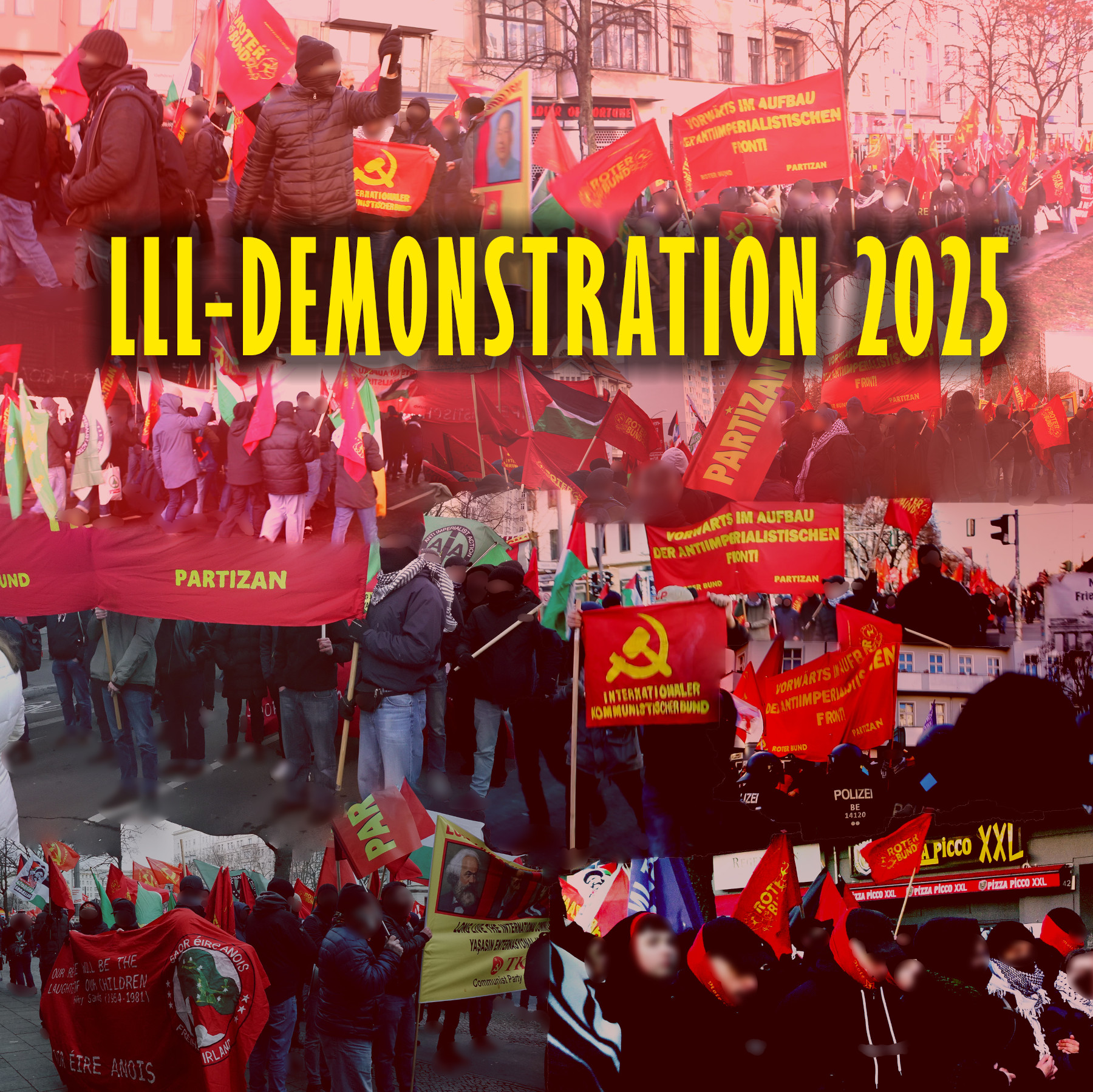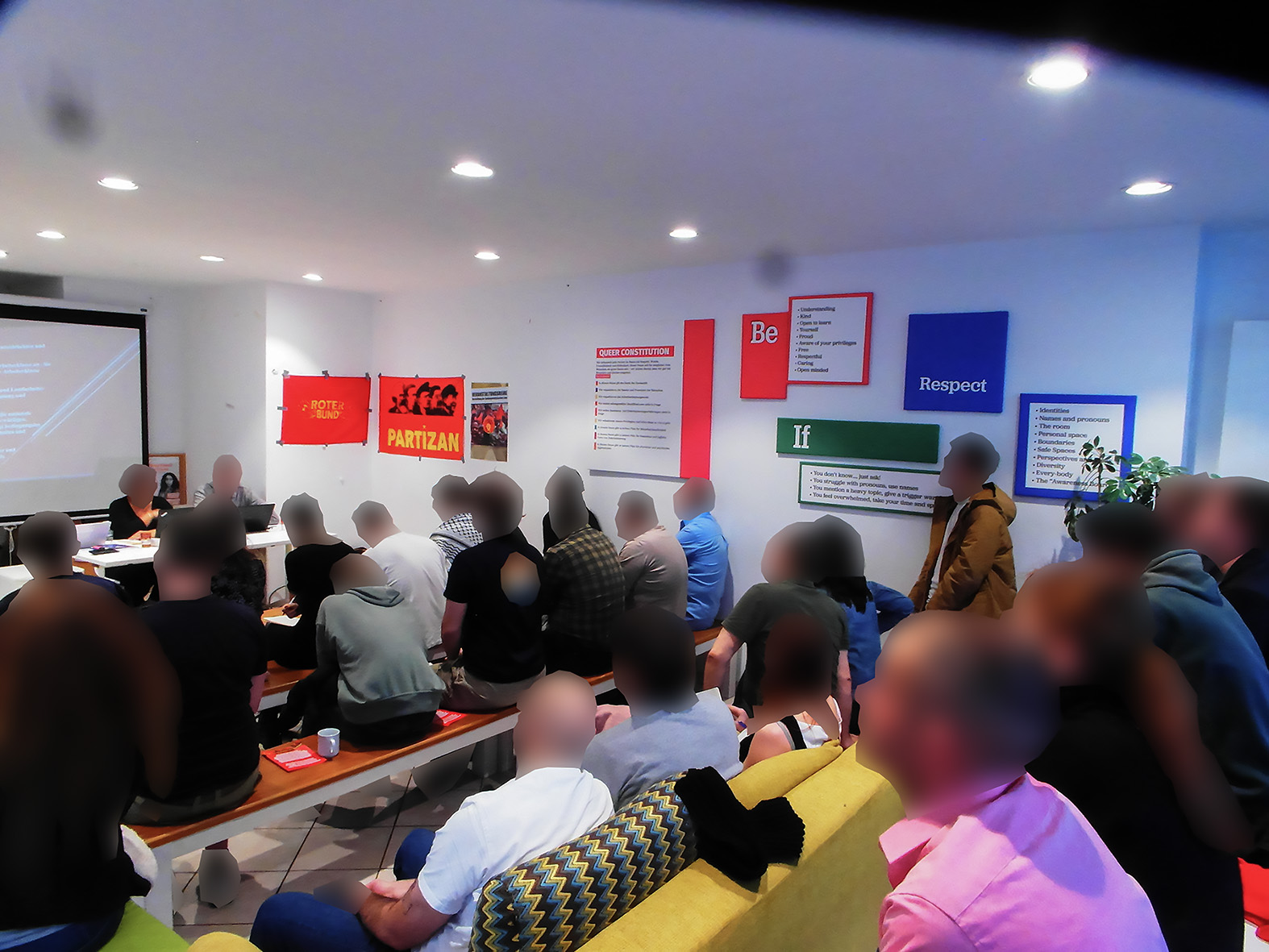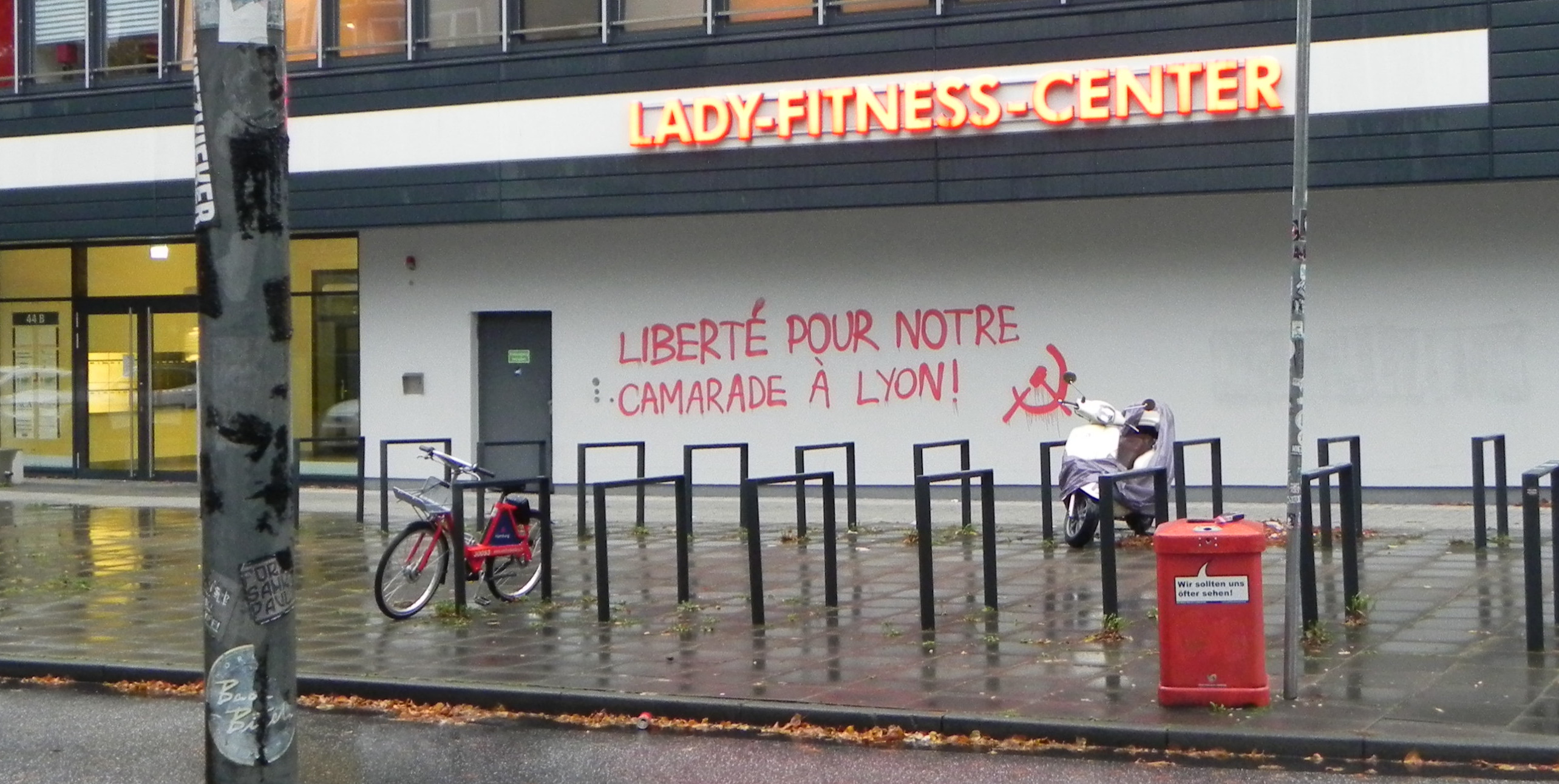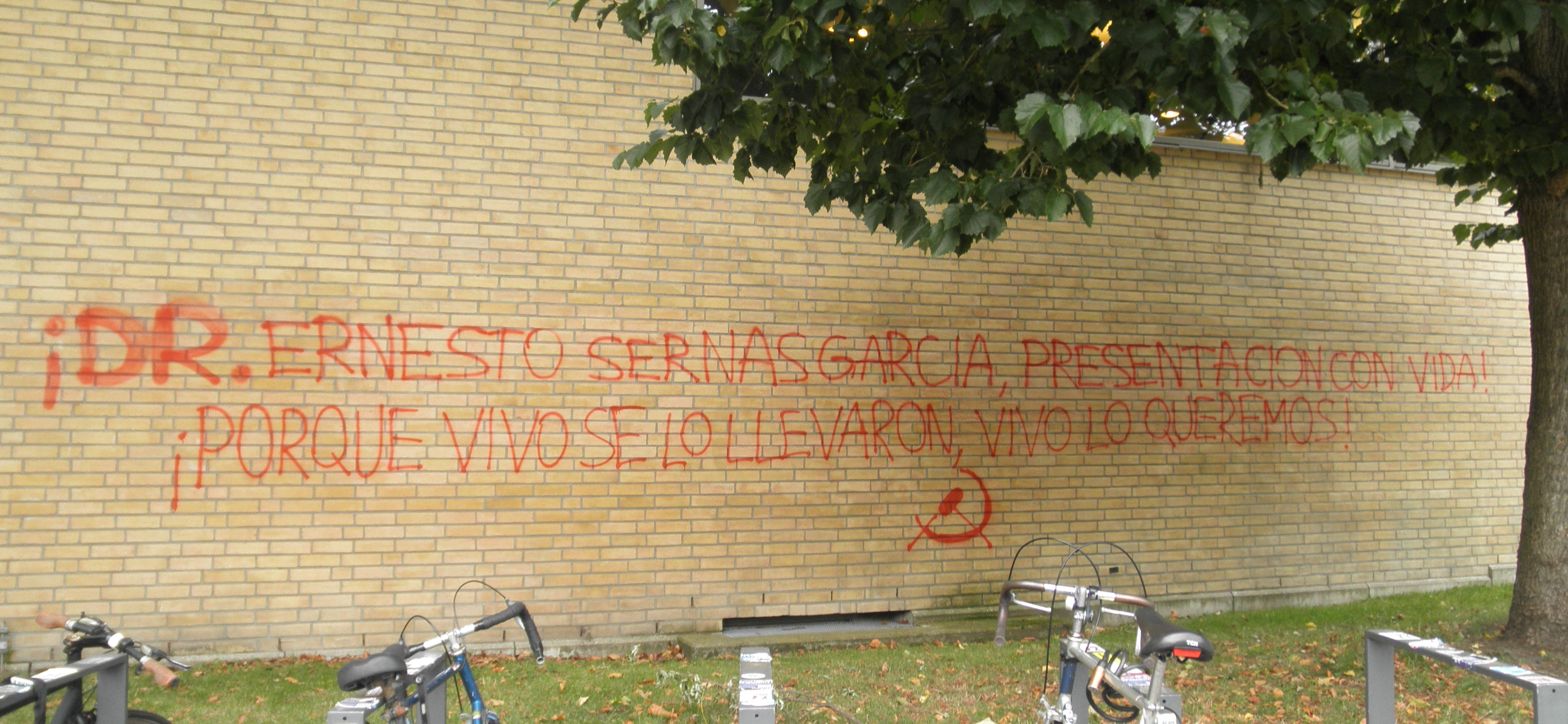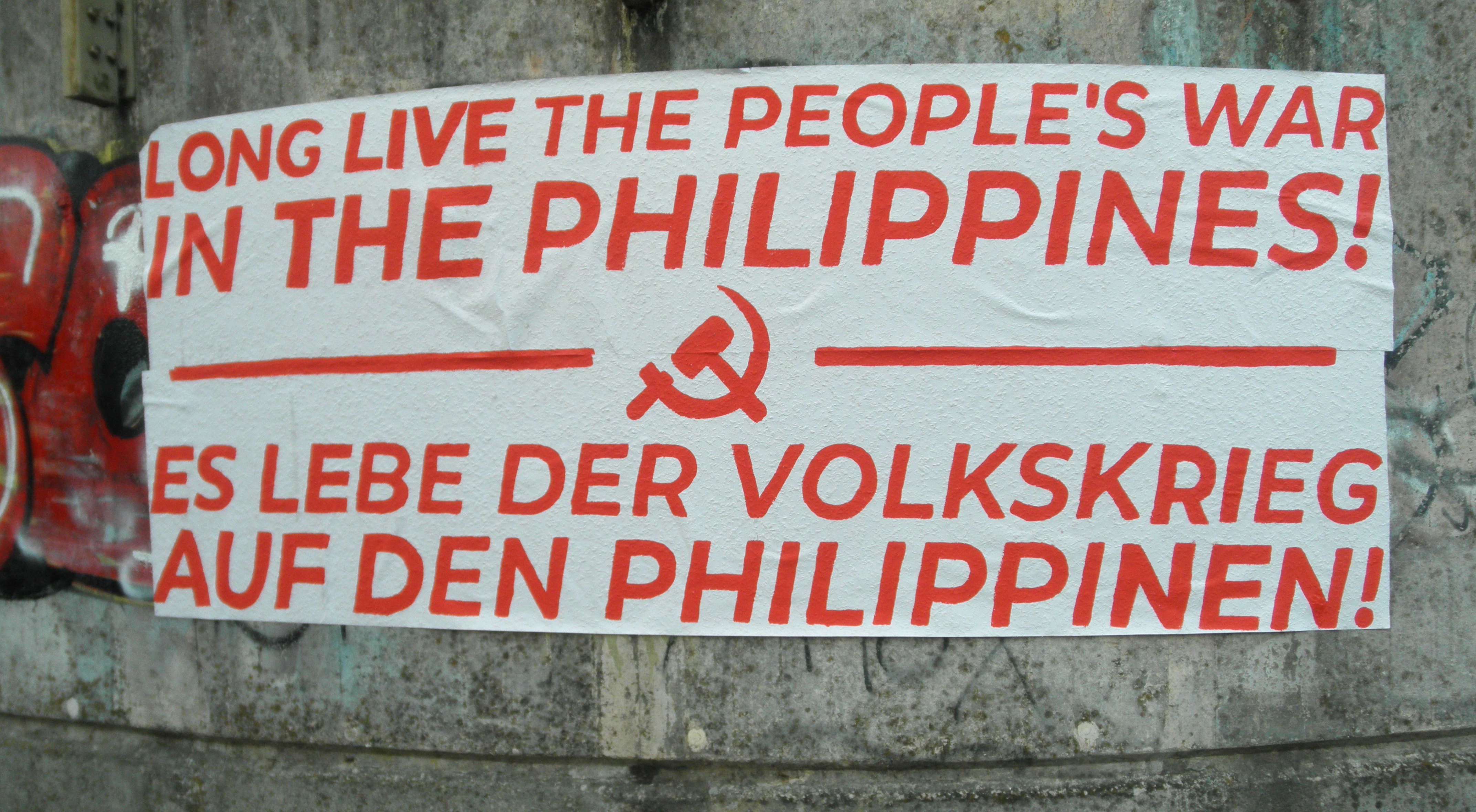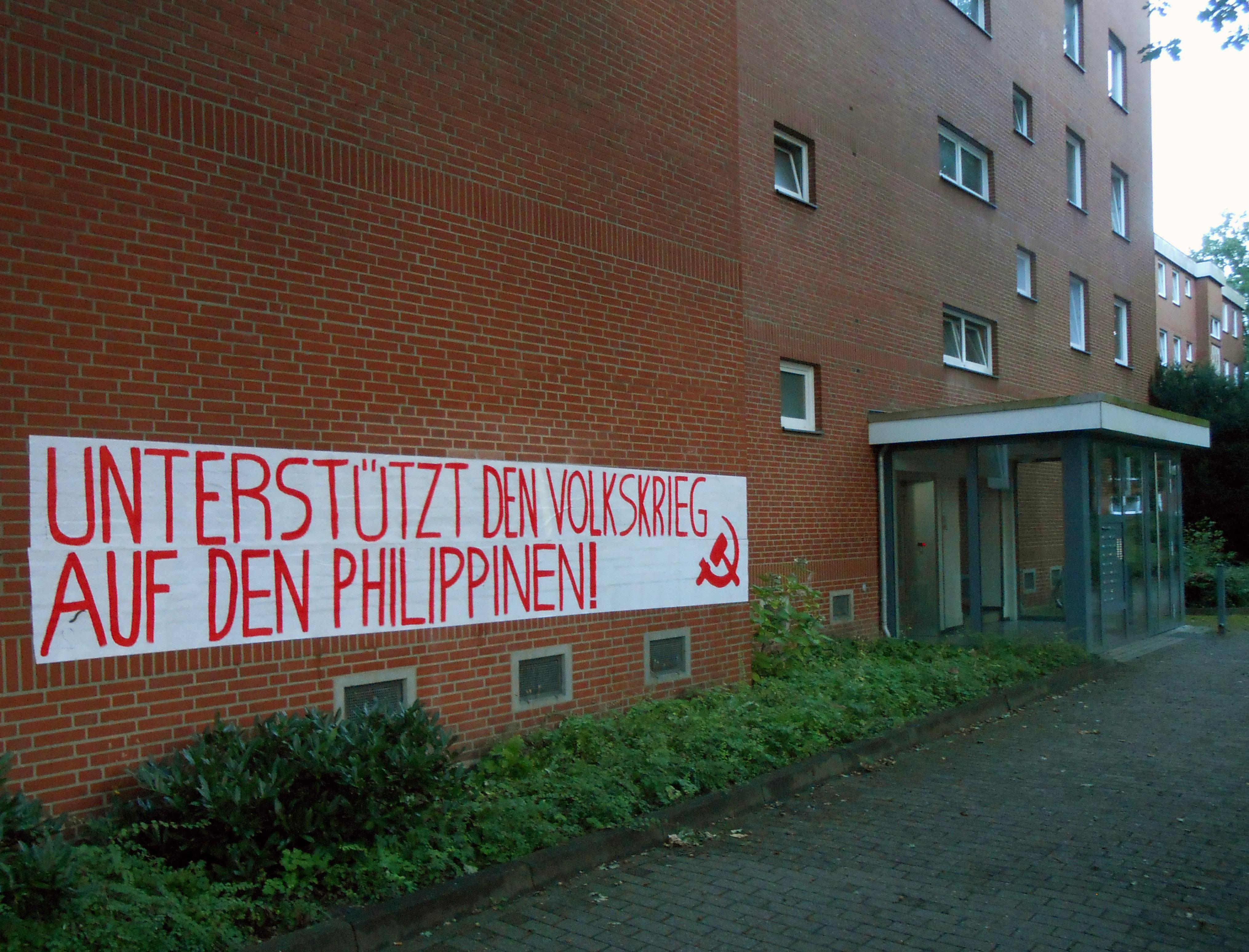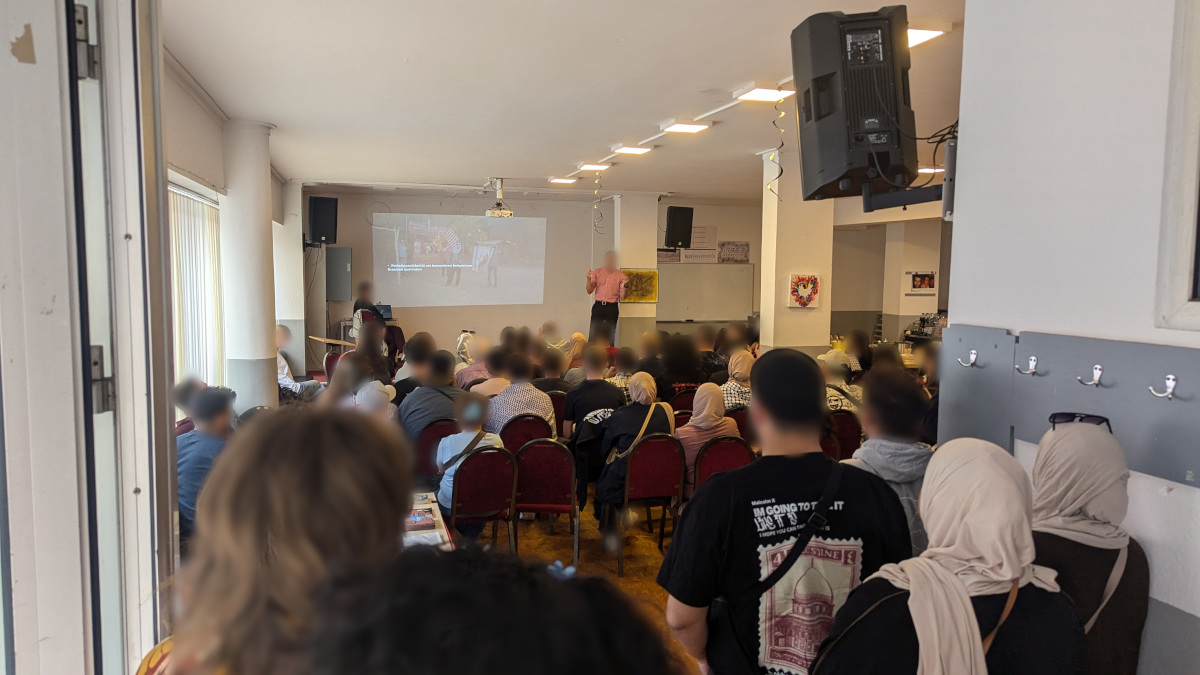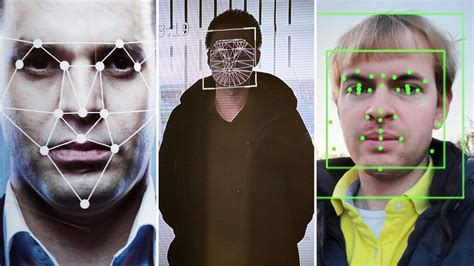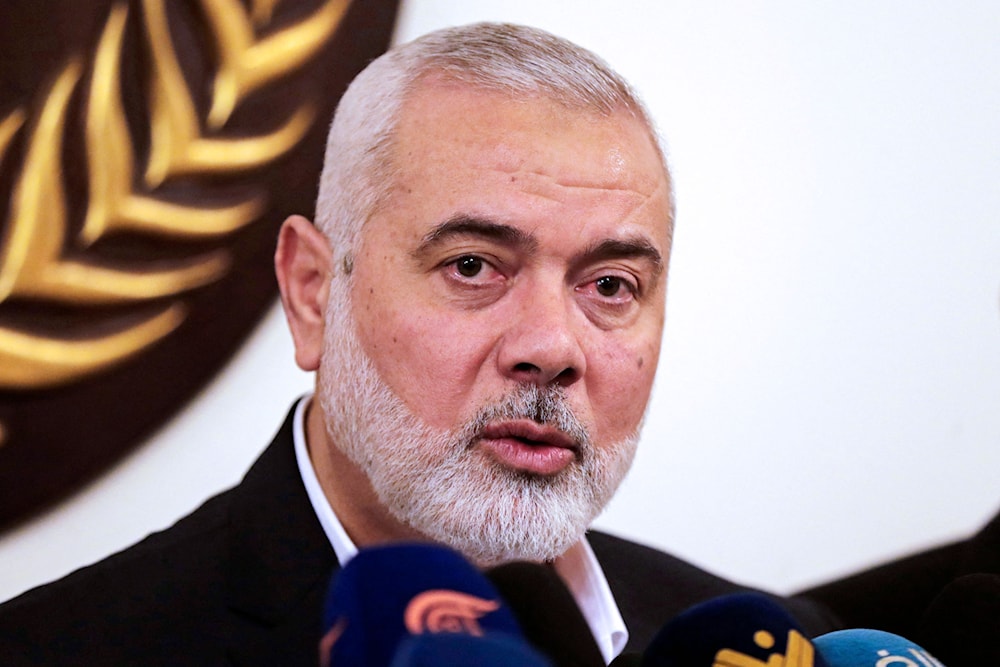We publish this english translation of the article "Zum Verständnis des Proletarischen Feminismus" from KLASSENSTANDPUNKT #13:
In the past years, proletarian feminism has gained importance within the development of the revolutionary movement in the FRG, in the German-speaking area and even within other imperialist countries. Proletarian feminism has filled a space in those countries, which was previously occupied through and through by bourgeois-feminism and petite-bourgeois-feminism, also within organizations and groups with revolutionary claims. The development and spreading of proletarian feminism within the revolutionary movement was, in short, rapid within the last years. Up to a point where only the most ignorant people could avoid a statement on this topic. But with this fast development, there were appearing, and are appearing even more today, ideological deviations, which are masquerading as proletarian feminism or are trying to be an opposing pole, to be “an own development”. They all have one thing in common: they are attempts of the bourgeoisie to make proletarian feminism, as an integral part of Marxism, a perversion of itself, attempts to defuse this weapon of the revolutionary women’s movement and the whole proletariat. Just like the bourgeoisie always tries with the ideology of the proletariat, this consequently only means one thing: revisionism. The people who carry out this charlatanry with proletarian feminism have one thing in common: they have, in the best case, an inadequate understanding of neither the proletariat, of feminism and of Marxism. This is why we need to devote ourselves to these questions.
First, we need to look at some historical aspects of this question: The question of the woman plays a very important role in the International Communist Movement from the beginning. From Marx to Lenin to Chairman Mao, the classics realized the important role which the women have to play in the proletarian revolution and the enormous strength within the women, which has to be unleashed. 1975 the document of the Communist Party of Peru “Marxism, Mariátegui and the women’s movement” was published, elaborated by Chairman Gonzalo. This document has not only paved the way for the Peruvian women’s movement, but it is still the highest understanding of proletarian feminism in the world accessible to the International Communist Movement. This document wasn’t just lip service of the PCP, it became a concrete and material force in its realization within the People’s War in Peru. Never before women participated in the revolution this convinced, never before a communist party ever had this high proportion of female comrades and female leadership.
The PCP shows the role of proletarian feminism in the world view of the ideology of the proletariat and in its realization in theory and in practice. Before the arrest of Chairman Gonzalo and the disrupture of the central committee by revisionism, the PCP had a close majority of women within party members, after the first party congress the majority of the central committee were women and within in politburo at times there were up to 80% of women. Even today, the achievements of the Peruvian revolution are unreached. This emphasizes the meaning of the advancement of Chairman Gonzalo, because even though the participation of women in the revolution in China and the Soviet Union was high, the forging as leaders of the revolution was insufficient.
The rapid development of popularization of proletarian feminism in the FRG was accompanied by a rapid popularization of Maoism in the revolutionary movement of the FRG within the last years because both is inseparable connected to each other. But now you will notice that many people have started haggling with the word proletarian feminism. They separate it from the ideology of the international proletariat, of Maoism. They oppose against the understanding of proletarian feminism which Chairman Gonzalo has given us. In “Marxism, Mariátegui and the women’s movement” Chairman Gonzalo is picking up different important theses of Mariátegui in relation to the women’s issue and developed those further. Mariátegui determines:
“In feminism three fundamental tendencies can be distinguished, three substantive colors; bourgeois feminism, petty-bourgeois feminism and proletarian feminism. Each one of these feminisms formulates its own demands in a different way. The bourgeois woman unites feminism with the interests of the conservative class. The proletarian woman unifies her feminism with the faith of the revolutionary multitudes in the society of the future.”1
And exactly this is the point. If you separate proletarian feminism from the ideology of the proletariat, then you prepare the ground for the red of the proletarian ideology being covered by other colors, from feminism from other classes. You are sneaking the ideas of the bourgeoisie and petty-bourgeoisie into the ideology of the proletariat. It is nothing else, when you explain that proletarian feminism becomes its own ideology for some people, suddenly it is demoted to the fight for the right to practice some kinds of sexual tendencies. All kinds of “gender-theories”, LGTBIQ with or without stars, or what other letters the bourgeois intellectuals also declare as important, all of this is considered “proletarian feminism” for some people. It is not even about what you think about these tendencies, the main goal of these theories is to reach individual freedom or legalization by bourgeois law, or just acceptance, the “fight against homophobia”. All of this has in common that, at the core, a revolution, a proletarian revolution is unnecessary for them, because they can reach their liberation within the imperialist system. Mixing “gender-theories” and proletarian feminism is not just rejection of proletarian feminism and with that of Maoism, but also a rejection of the proletarian revolution in general.
Other people are trying to squirm around the issue of proletarian feminism completely, they create their own “invention” and, for example, talk about “revolutionary feminism” or other creations. These people do not understand one bit of Marxism, because feminism as the pure idea is by nature revolutionary, it is against the oppression of women. Marx and Engels wrote in the manifesto:
“Of all the classes that stand face to face with the bourgeoisie today, the proletariat alone is a really revolutionary class. The other classes decay and finally disappear in the face of Modern Industry; the proletariat is its special and essential product.”2
Which means that revolutionary is proletarian. The attempt to disguise the class character of the own bourgeois or petty-bourgeois feminism, probably only mentioned as a cover-up, is very miserable.
Often these are the same people who present their feminism as women who pose with balaclavas and baseball bats in videos and photos. But those people are not proletarian at all, their understanding of violence is not revolutionary, it is lumpen-like. Their violence doesn’t serve them to gain power for the proletariat, they want to be the cooler gang, the cooler crew, which is an expression of the phrase “build gangs” (which we have talked about in issue #10). What might seem cool in videos on the first look is a degradation of the women as decoration and nothing but an equivalent of a certain beauty ideal of men of women linked to a certain sub-culture. The woman becomes stylized as a kind of “sexual object”. In the political practice, this results into the reduction of women to “girls”, they are organizationally involved but generally excluded from politics. This ragged violence which they are showing in their propaganda is an attempt to “make” women into men, into blokes, in terms of bourgeois stereotypes. Patriarchal ideas are not just present in the minds of men but also women learn them from when they were little. But also the class criteria is valid for women, just like it is for men and therefore they are no less ragged. Or like Mariátegui said:
“Women, like men, are reactionaries, centrists or revolutionaries. They cannot, consequently, all fight the same battle side by side. In the current human panorama, class differentiates individuals more than sex.”3
But we also have to look self-critical at how our comrades acquire proletarian feminism and how they embody it. This raises some questions. For example how can it be that the comrades repeatedly talk about proletarian feminism as if it was an ideology for its own. Why do the comrades know so much about the life of comrade Norah, who was without question an outstanding communist, but only so little about the life and the work of Chairman Gonzalo, who’s merit is our understanding of proletarian feminism and of Maoism in general. How can the comrades invoke proletarian feminism on the one hand and on the other hand naturally throw around words like “sexism” in discussions, which is only a form of the thesis of the freedom of the women which is a bourgeois thesis, which aims at the confrontation of men and women because of their gender and is ultimately covering up the oppression of women. All these problems are ideological weaknesses in defending, upholding and practice Maoism, those are problem that our comrades have to get rid of on the way of revolutionary struggle.
Proletarian feminism is also not just a question of women’s struggle plus proletariat. Its not enough to say you are now fighting against the oppression of women, you are feminist and adding that you are also for the proletariat. Also proletarian feminism is not only for proletarian women, it implies the emancipation of women in general. Proletarian feminism recognizes the necessity of the proletarian revolution as the basis for actual emancipation of women. Therefore it is part of the ideology of the proletariat and can only exist in closest connection with it. Lenin already explained about the position of the communists on the women’s issue. “Must I again swear to you, or let you swear, that the struggles for our demands for women must be bound up with the object of seizing power, of establishing the proletarian dictatorship?”.4 Today, with the development of Marxism, we can add the People’s War and the proletarian cultural revolutions. Because the oppression of women, the patriarchy, is bound to the society of private property, women have twice the reason to fight: first, against imperialism and secondly against the oppression of women. The actual emancipation of women is only possible with the abolition of the private property, which means in communism. For this reason, women today have to actively fight for the reconstitution of the Communist Party. In this process, the comrades have to let themselves be forged to communist leaders in the harsh storm of class struggle and this in great numbers. If we talk about the proletariat only being able to free itself, the same goes for the struggle of women for their emancipation. The Communist Party has to lead the construction and development of the revolutionary women’s movement and this on solid ideological basis, Marxism-Leninism-Maoism, principally Maoism. Only this will obtain the right direction of the movement and will not be poisoned with bourgeois and petty-bourgeois ideas.
1 Mariátegui, “Feminist Demands”
2 Marx and Engels, “Manifesto of the Communist Party”
3 Mariátegui, “Feminist Demands”
4 Quoted after Clara Zetkin in “Reminiscences of Lenin”

